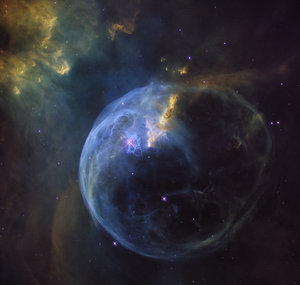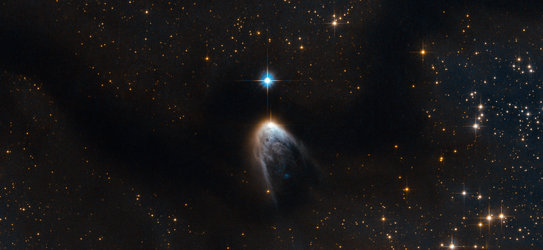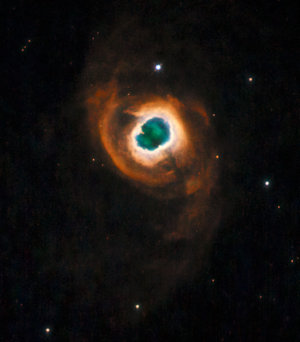Accept all cookies Accept only essential cookies See our Cookie Notice

About ESA
The European Space Agency (ESA) is Europe’s gateway to space. Its mission is to shape the development of Europe’s space capability and ensure that investment in space continues to deliver benefits to the citizens of Europe and the world.
Highlights
ESA - United space in Europe
This is ESA ESA facts Member States & Cooperating States Funding Director General Top management For Member State Delegations European vision European Space Policy ESA & EU Space Councils Responsibility & Sustainability Annual Report Calendar of meetings Corporate newsEstablishments & sites
ESA Headquarters ESA ESTEC ESA ESOC ESA ESRIN ESA EAC ESA ESAC Europe's Spaceport ESA ESEC ESA ECSAT Brussels Office Washington OfficeWorking with ESA
Business with ESA ESA Commercialisation Gateway Law at ESA Careers Cyber resilience at ESA IT at ESA Newsroom Partnerships Merchandising Licence Education Open Space Innovation Platform Integrity and Reporting Administrative Tribunal Health and SafetyMore about ESA
History ESA Historical Archives Exhibitions Publications Art & Culture ESA Merchandise Kids Diversity ESA Brand Centre ESA ChampionsLatest
Space in Member States
Find out more about space activities in our 23 Member States, and understand how ESA works together with their national agencies, institutions and organisations.
Science & Exploration
Exploring our Solar System and unlocking the secrets of the Universe
Go to topicAstronauts
Missions
Juice Euclid Webb Solar Orbiter BepiColombo Gaia ExoMars Cheops Exoplanet missions More missionsActivities
International Space Station Orion service module Gateway Concordia Caves & Pangaea BenefitsLatest
Space Safety
Protecting life and infrastructure on Earth and in orbit
Go to topicAsteroids
Asteroids and Planetary Defence Asteroid danger explained Flyeye telescope: asteroid detection Hera mission: asteroid deflection Near-Earth Object Coordination CentreSpace junk
About space debris Space debris by the numbers Space Environment Report In space refuelling, refurbishing and removingSafety from space
Clean Space ecodesign Zero Debris Technologies Space for Earth Supporting Sustainable DevelopmentApplications
Using space to benefit citizens and meet future challenges on Earth
Go to topicObserving the Earth
Observing the Earth Future EO Copernicus Meteorology Space for our climate Satellite missionsCommercialisation
ESA Commercialisation Gateway Open Space Innovation Platform Business Incubation ESA Space SolutionsLatest
Enabling & Support
Making space accessible and developing the technologies for the future
Go to topicBuilding missions
Space Engineering and Technology Test centre Laboratories Concurrent Design Facility Preparing for the future Shaping the Future Discovery and Preparation Advanced Concepts TeamSpace transportation
Space Transportation Ariane Vega Space Rider Future space transportation Boost! Europe's Spaceport Launches from Europe's Spaceport from 2012Latest

The Unearthly Beauty of the Red Rectangle
Thank you for liking
You have already liked this page, you can only like it once!
Straight lines do not often crop up in space. Whenever they do, they seem somehow incongruous and draw our attention. The Red Rectangle is one such mystery object.
It first caught astronomers’ attention in 1973. The star HD 44179 had been known since 1915 to be double, but it was only when a rocket flight carrying an infrared detector was turned its way that the red rectangle revealed itself.
This image was taken later, in 2007, by the Hubble Space Telescope’s Advanced Camera for Surveys. It focuses on wavelengths of red light, in particular highlighting the emission from hydrogen gas.
This particular emission has been displayed in red. A second, broader range of orange–red light has also been recorded, and, to increase the contrast, this light has been colour coded blue on the image.
The Red Rectangle is some 2300 light-years away in the constellation of Monoceros. It arises because one of the stars in HD 44179 is in the last stages of its life. It has puffed up as the nuclear reactions at its core have faltered, and this has resulted in it shedding its outer layers into space.
Such a cloud of gas is known erroneously as a planetary nebula because Hanoverian astronomer William Herschel thought they look a bit like the pale disc of Uranus, the planet he had discovered.
The X-shape revealed in this image suggests that something is preventing the uniform expansion of the star’s atmosphere. Instead, a thick disc of dust probably surrounds the star, funnelling the outflow into two wide cones. The edges of these show up as the diagonal lines. Thankfully, while that explains the mystery of the object, it does not detract from its unearthly beauty.
This image was first published in June 2010.
-
CREDIT
ESA/Hubble and NASA -
LICENCE
ESA Standard Licence

Hubble views a cosmic oyster and pearl in NGC 1501

Hubble, bubble, some toil but no trouble

A golden veil cloaks a newborn star

The HD 44179 nebula, known as the 'Red Rectangle.'















 Germany
Germany
 Austria
Austria
 Belgium
Belgium
 Denmark
Denmark
 Spain
Spain
 Estonia
Estonia
 Finland
Finland
 France
France
 Greece
Greece
 Hungary
Hungary
 Ireland
Ireland
 Italy
Italy
 Luxembourg
Luxembourg
 Norway
Norway
 The Netherlands
The Netherlands
 Poland
Poland
 Portugal
Portugal
 Czechia
Czechia
 Romania
Romania
 United Kingdom
United Kingdom
 Slovenia
Slovenia
 Sweden
Sweden
 Switzerland
Switzerland
























